I love wildflower hunting but for me there’s one drawback, my memory. The older I get the tougher it is to remember all the hundreds upon hundreds of wildflowers I’ve identified and taken images of. However, there are two key features I’ve found that help me remember some individual flowers. Those two features are habitat and common name. I find that the more colorful the common name the better the chances are that it will forever be embedded in my memory. Some wild flowers just have a name that’s just to cool to forget. Take for instance Boott’s Rattlesnake Root, Prenanthes boottii also known as Alpine Rattlesnake Root the name just has that certain pizazz, 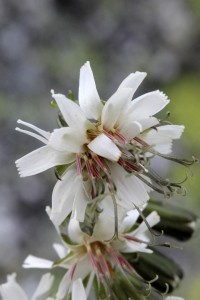 I couldn’t forget that if I tried. The habitat in which a wildflower grows also is a great tool to aid my memory. Certain plants grow in certain places, swamps, fields, roadsides and mountain tops to name but a few.
I couldn’t forget that if I tried. The habitat in which a wildflower grows also is a great tool to aid my memory. Certain plants grow in certain places, swamps, fields, roadsides and mountain tops to name but a few.
Boott’s Rattlesnake Root is one of those species of wildflower that is extremely limited to where it will grow, you’ll only find it on mountain tops. Even more specific than that it’s only found above the treeline on mountains over 4’500 feet. And to be even more specific it’s only found on a select few high peaks in the states of New York, New Hampshire, Maine and Vermont. I feel truly honored to have had the opportunity to gaze at this beautiful rare wildflower. How rare is this species you ask? Prenanthes boottii is an endangered plant, endangered for those that don’t know the meaning is just a step or two above extinction.
Oddly enough the same people who are getting back to nature hiking the distant peaks are the main threat to this fragile plant. Hikers above the tree line who trample over the plants and erode the fragile soils from the constant barrage of foot traffic threaten this wildflowers existence. Of course we can’t throw blame on people that may not even know about the plight of this flower, the best we can do is educate people on what to look for and the key identifying features of Boott’s Rattlesnake Root so they can avoid walking over it and help protect it’s habitat.
P. boottii flowers from July through August and grows to a height of around 12 inches. 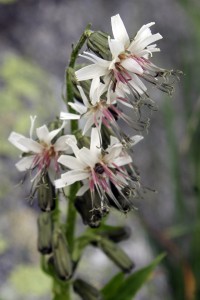 The individual flowers of P. boottii are white to whitish cream in color and nodding. There are usually 10 to 20 flowers in a narrow raceme along the top of the stem. Each showy flower has up to 20 rays (what most people refer to as petals) with notched tips, you’ll also notice several long stamens protruding from each flower head. Each individual flower is from 3/4 of an inch to one inch wide.
The individual flowers of P. boottii are white to whitish cream in color and nodding. There are usually 10 to 20 flowers in a narrow raceme along the top of the stem. Each showy flower has up to 20 rays (what most people refer to as petals) with notched tips, you’ll also notice several long stamens protruding from each flower head. Each individual flower is from 3/4 of an inch to one inch wide.
The leaves of the Boott’s Rattlesnake Root have long leaf stalks, the leaves may be oval, elongated or triangular in shape and may also have have small pointed lobes present on the lower stem leaves. The basal leaves are usually arrow shaped. The leaves may be up to 2 inches long with each having a smooth margin.
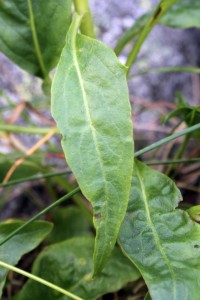 |
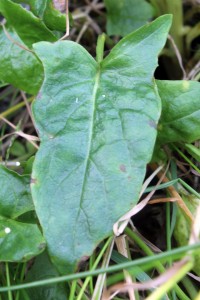 |
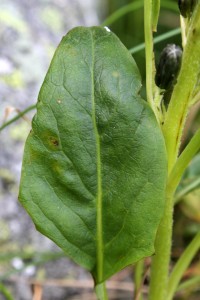 |
Of the few alpine peaks that Boott’s Rattlesnake Root is found in the Northeast most are accessible only via a long hard hike on foot. There is however one peak in New York that has of all things an elevator to the top. Whiteface Mountain which is 4,865 feet in height is easily reached by car up the paved road. The road brings you nearly to the top where you can either climb up the built in steps or take the elevator up from the parking lot. On any given day in the summer there are literally hundreds if not several hundred visitors to the top of this peak each day. I certainly don’t think that’s a bad thing, it gives people who can’t physically climb a mountain a chance to have that experience. What I do find very unfortunate is there is no mention of this fragile plant anywhere to be seen.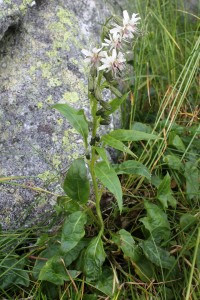 There simply is no education of the public on where to step, what to look out for, what not to pick or even that this peak is home to a endangered species of wildflower. Hopefully those who are in charge of the facilities there will realize that a little education goes along way and they will at least place a kiosk that explains what a fragile ecosystem they’ve entered.
There simply is no education of the public on where to step, what to look out for, what not to pick or even that this peak is home to a endangered species of wildflower. Hopefully those who are in charge of the facilities there will realize that a little education goes along way and they will at least place a kiosk that explains what a fragile ecosystem they’ve entered.
It’s my hope that Boott’s Rattlesnake Root doesn’t only become a memory in my mind but thrives in these alpine areas for eternity.
Enjoy the Outdoors






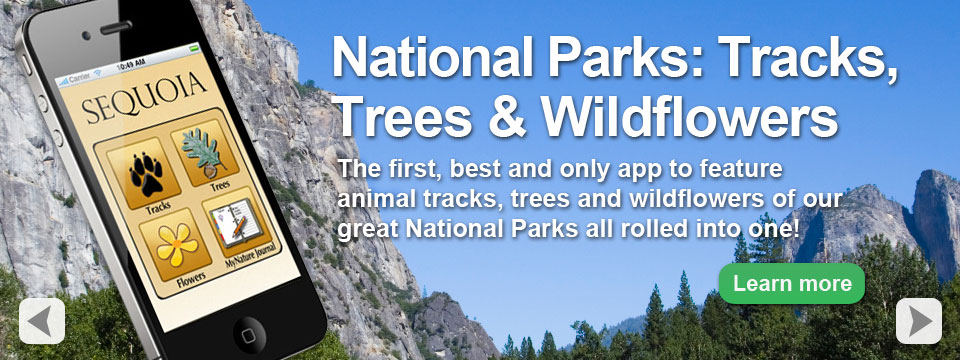
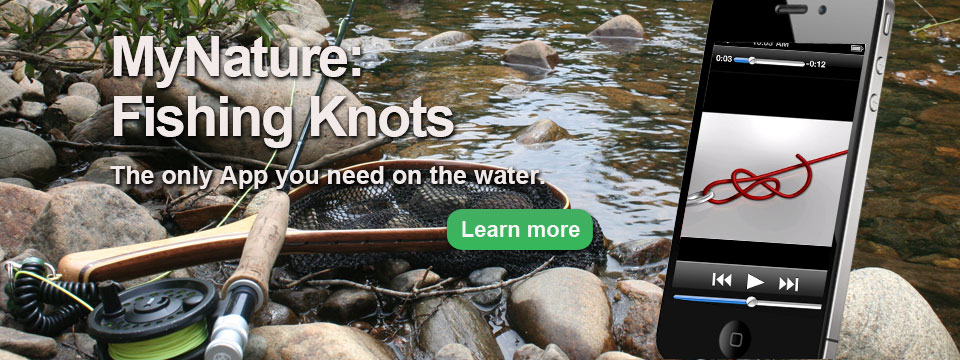

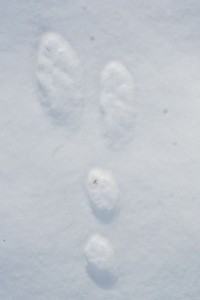
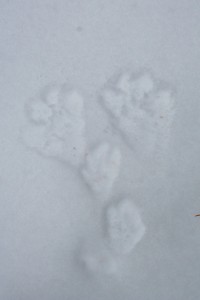
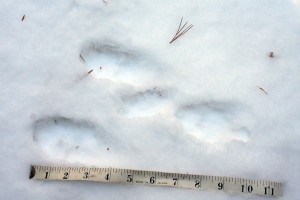


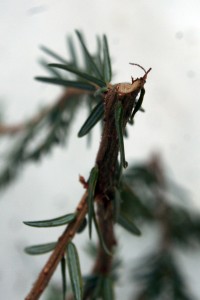






What Others Have to Say